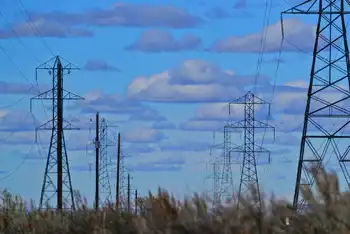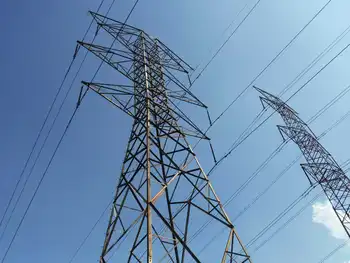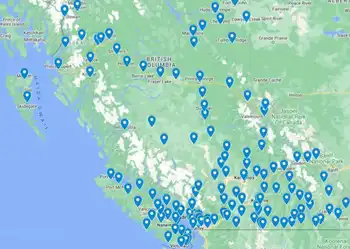Georgia Power named 2014 Investor-Owned Utility of the Year
ATLANTA, GA -- - The Solar Electric Power Association SEPA has announced that Georgia Power has been selected by a panel of judges as the 2014 Investor-Owned Utility of the Year.
SEPA, an educational non-profit organization dedicated to helping utilities integrate solar energy into their portfolios, made the announcement Tuesday at its annual Solar Power International Conference in Las Vegas. Georgia Power Chairman, President and CEO Paul Bowers was on hand to accept the award on behalf of the company.
"We continue to cultivate solar resources as part of a balanced, diverse mix to provide Georgians with clean, reliable and affordable energy now and in the future," said Bowers. "We're honored to receive this award as it recognizes the benefit to customers of Georgia's constructive regulatory environment and long-standing coordination with the Public Service Commission."
Georgia Power, in coordination with the Georgia Public Service Commission, continues to implement innovative solar programs, such as the Advanced Solar Initiative ASI, which tap into Georgia's competitive solar marketplace. The structure of these programs has enabled the company to add solar resources in a way that takes advantage of decreasing technology costs and provides the maximum value for customers.
Most recently, Georgia Power filed for certification of more than 500 MW of utility scale solar power purchase agreements as part of its competitive ASI selection process – the largest acquisition of solar resources in Georgia to date.
"Georgia Power is to be commended for its whole-hearted response to calls from customers and stakeholders to become a leader in the development of solar in the state," said Julia Hamm, president and CEO of SEPA. "Its ability to, in short order, develop a significant portfolio of solar projects at affordable prices should be a model for utilities everywhere. Competitive solar is here today."
As it does with all advances in the energy industry, Georgia Power has long monitored and studied the evolution of solar generation to leverage technology improvements to the benefit of customers. In 2011, the company announced efforts to bolster its solar portfolio by launching the 50-MW Large Scale Solar LSS program. This was followed in 2012 by the ground-breaking ASI program, which sought 210 MW of small, medium and large-scale solar resources. In 2013, the company built on the ASI program by issuing a request for an additional 525 MW of solar resources from the Georgia market.
In May, the company forged a collaborative agreement with the U.S. Army Office of Energy Initiatives formerly the Energy Initiatives Task Force to build, own and operate three separate projects of up to 30 MW each on several Georgia Army bases.
With new solar facilities planned or under construction across the state, Georgia currently sustains one of the fastest growing solar industries in the country. By the end of 2016, Georgia Power anticipates that it will have procured more than 900 MW from new solar generation – the largest voluntary portfolio in the nation – and that more than 500 new solar projects may be constructed in Georgia as a result of its programs.
For more information on Georgia Power's solar programs, including the ASI and resources available for customers considering solar energy, visit www.georgiapower.com/solar. To learn more about SEPA and the Investor-Owned Utility of the Year Award, visit www.solarelectricpower.org.
Georgia Power is the largest subsidiary of Southern Company, the premier energy company serving the Southeast through its subsidiaries.
Related News

Manitoba's electrical demand could double in next 20 years: report
WINNIPEG - Electrical demand in Manitoba could more than double in the next 20 years, according to a new report from Manitoba Hydro.
On Tuesday, the Crown corporation released its first-ever Integrated Resource Plan (IRP), which not only predicts a significant increase in electrical demand, but also that new sources of energy could be needed in the next decade.
“Right now, what [our customers] are telling us, with the climate change objectives, with federal policy, provincial policies, is they see using electricity much more in the future than they do today,” said president and CEO of Manitoba Hydro Jay Grewal.
“And our current,…




